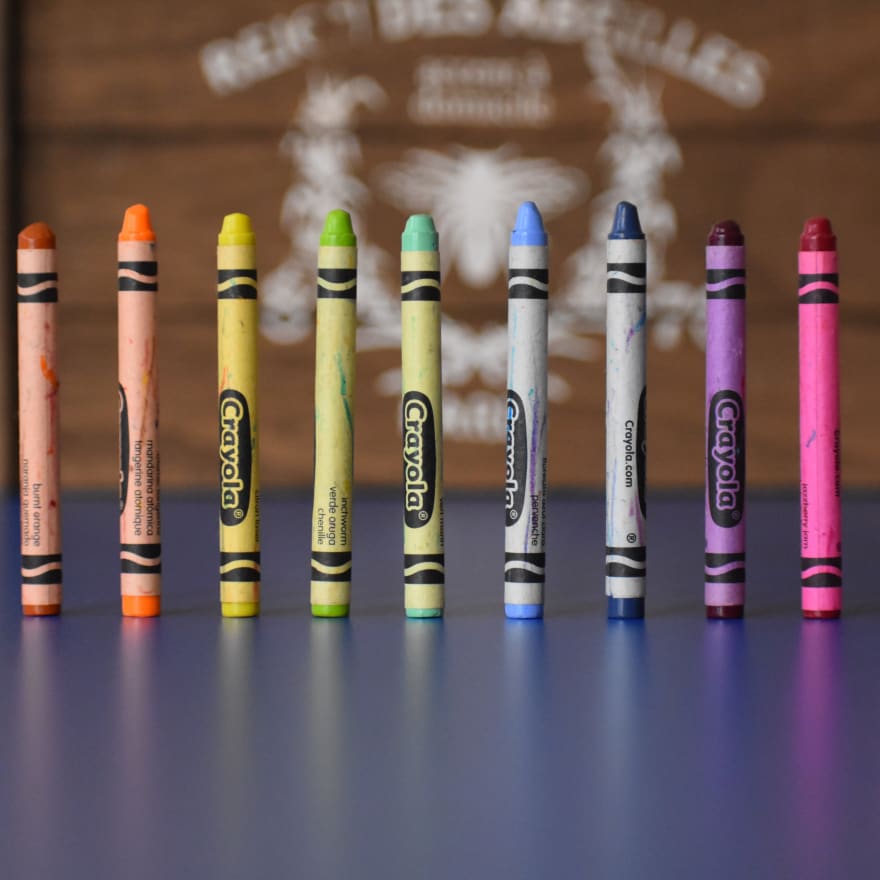39%
That’s the percentage of people of color in the U.S.
Yet only 2-16% of these groups are represented in clinical trials. The disparities are unbridled. According to this Harvard Business Review article, “Women, people of color, and the elderly often are not adequately represented.”
Most clinical trials often leave out Black and Hispanic patients and primarily focus on white, male patients.
It begs the question -- how accurate are these trails?
More importantly, it makes us wonder – is under-representation rampant in everything around us?
If yes, it’s a problem that needs immediate attention. The world we live in is a world we designed. What we create is what we see.
More so in the world of UI/UX design. We create for our users but, are we turning a blind eye to a significant chunk of users?
Designing for varied geographies, communities, genders, and races requires different approaches. Hence, we must treat the questions we ask and the answers we receive differently.
• A designer must not view people as participants but as people looking for a solution.
• The designer must also be open to the possibility of the same solution not working for everyone.
Take haircare, for instance. There’s curly hair. And then there are types of curly hair. One product doesn’t fit all. Close to 56% of millennials and Gen X chose grooming products with natural ingredients.
So, what happened to the rest? Did they not get the memo?
No, they just weren’t targeted. Their needs weren’t addressed.
To avoid these mistakes and to ensure an inclusive design, designers must start making better observations.
Does the designer sitting next to you or in front of you look exactly like you?
If yes, are you able to see different perspectives?
Why it Pays to Have a Diverse Team
Having a diverse team isn’t just about having an equal number of males and females, nor is it about people with different skin tones.
It definitely is not just about speaking different languages.
Diversity is now a requisite to becoming a designer the world needs.
Caio Braga, in his article, “The benefits of a diverse team,” puts it beautifully, “Diversity is about inclusion and belonging. It is about the constant act of questioning our bias and world views, and bringing other people to the conversation.”
• Unique cultural perspectives
We once heard a colleague with fairly large eyes make fun of an eyeliner brand that highlighted the words, “the eyeliner pencil is brown and also suitable for hooded eyes.” Of course, she laughed and chalked it down to lazy writing. Another colleague with hooded eyes subtly expressed her displeasure with the former’s ignorant statement. Because for those with hooded eyes, sometimes, any color gets lost under the hood.
But, this is just a physical observation. When multiple voices, personas, cultures, and perspectives amalgamate – it paves the path for ground-breaking ideas and discoveries. UX and UI designers, too, can benefit from this wide-ranging access to various viewpoints and create a platform to exchange ideas.
• Cultural sensitivity
If you’ve ever watched a Bollywood movie, you have already seen how grossly mistranslated the songs are.
Similarly, instructions, taglines, and much more get lost in translation. Having cross-cultural understanding is crucial. What may be acceptable in one country may be offensive in another. Making blunders while marketing a product may quickly halt the chances of it ever becoming a success. Remember, you’re also reaching out to foreign audiences. Relying on a diverse team’s knowledge and know-how can help mitigate problems at early.
• Finding better talent
Put yourself in the hiring manager’s shoes. You put out a listing, and hundreds apply, but somewhere from the pit of your stomach, you don’t feel quite right about the prospects. So, you reach out to your friends and your limited circle, who will then bring forth a limited number of choices. You’re stuck in a loop. You’re finding the same set of people in the same ecosystem.
You’ve successfully blocked your path to finding someone unique.
It all boils down to breaking biases in hiring and giving fresher perspectives a chance.
• Empathy is at the heart of everything
If the team is full of like-minded people – it’s not a bad thing.
But it won’t be exciting.
You may jive to the same music and watch the same movies, but if all of you designed one thing the same way, it wouldn’t impress anyone. Perhaps, not even yourself.
Having a diverse team teaches one to empathize with one another. Making an active effort to learn about each other’s backgrounds is the first step in understanding where the other person is coming from. When different ideas and views converge, it helps reduce bias to create more meaningful solutions.
So, what is a good way to be inclusive in your design and ensure that you are cater to a diverse audience?
*How to Ensure Inclusivity in Design *
- Involve the users
No matter where you are and what you want your final product to look like, it is crucial to incorporate users’ feedback at every stage. Ensure that the user-testing group is as diverse and equally represented across all age groups, genders, and ethnicities.
- Inclusive design is accessible design
Some designers think that inclusive design is only accessible design. As a results, their sole focus is diverted to designing products and services for those with disabilities. While inclusive design includes designing for accessibility, it is more and beyond. Inclusive design views all users as one while simultaneously as individuals with varied personas and perspectives. When in doubt, refer to the Web Content Accessibility Guidelines to get started.
- Use imagery strategically
UI/UX design relies heavily on imagery, icons, and symbols. So, be thoughtful when creating icons and using photography to represent people. Abstracting is an excellent way to create user profiles. It means to depart from realistic and detailed representations of men, women, or others. Use human-like illustrations and even animals or objects.
If a mid-20s man wants to create a user profile, you may present him with two options:
a) A profile image with stereotypical male features – a beard, a thick-set jawline, and short, cropped hair
b) A cat, a dog, a penguin, or any other animal for that matter
By doing so, users won’t feel excluded.
Diversifying is another way to go about it. While the icons need not be detailed, presenting them with an icon close to what they look like makes them feel heard.
- Be careful with your choice of words
The real estate available in any UI platform for messaging is limited – even on a website and especially on a smartphone. To make copy inclusive, start with straightforward language.
The first lesson any copy writer learns is to write to be clear, not clever.
Be specific in what you’re asking and if you need the information you’re seeking. Suppose you’re building a food delivery app. When signing up, is it necessary that the user reveal their gender?
If yes, ensure you are well-read, up-to-date, and unproblematic when presenting options to choose from.
- Design keeping the future in mind
41% of adults use voice search at least once per day.
And that number is only going up.
Voice assistants are the future. Unfortunately, most voice user interfaces are programmed in a female voice. Change that. Not everyone is comfortable with an American accent.
Cultural representation is everything in UX design.
Designing for inclusion means designing for a diverse audience. One must not mistake it for only design for accessibility. A good designer knows where to start, when to dig deep, and what to deliver. In doing so, the first step starts with design thinking. Only when you think of cultures, minorities, and geographics as a cohesive audience is when design will be truly universal.
Pepper Square is a creative digital expert, which helps clients discover possibilities, measure what matters, and deliver extraordinary digital experiences for the world’s leading brands. Connect with our team to learn more.













Top comments (0)